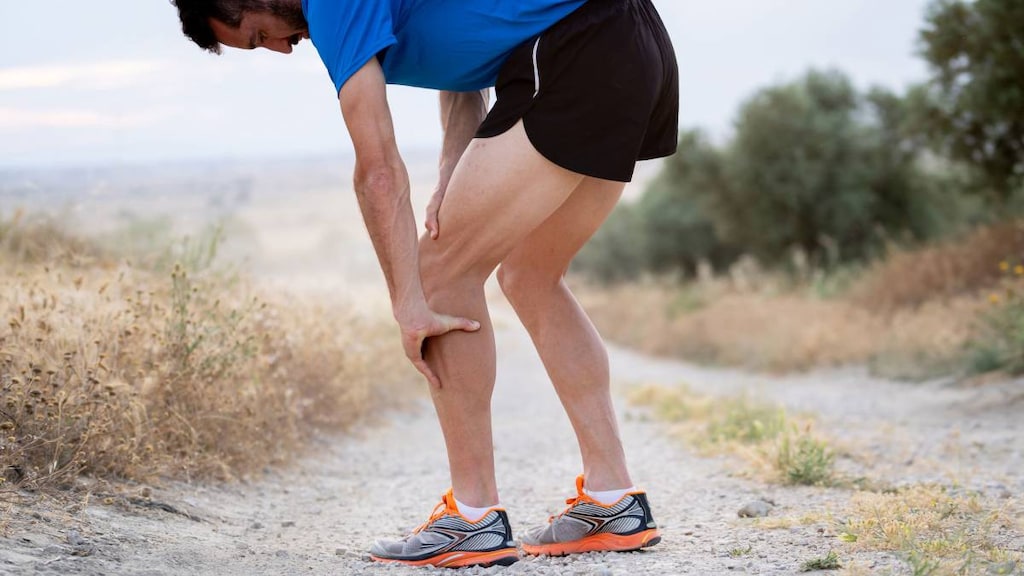
Muscle spasms are a sudden involuntary contraction of one or more muscles in your body. The length of time a spasm lasts for varies, but generally, most last for only a few seconds or minutes before relaxing again. Many are painful. Muscle spasms may also be called muscle cramps.
What are muscles?
Muscles are bands or bundles of fibrous tissue in our bodies. They pump our blood around our body, allow us to move, talk, digest food, and maintain the position of various organs in our body.
We have more than 600 muscles in our body and they can be divided into three different types: cardiac, smooth and skeletal muscle.
Cardiac muscle makes up our heart. It contracts to pump blood out of the heart and then relaxes to let blood back into the heart after it has circulated around the body. A special group of cells found in the sinoatrial node of our heart control how much our cardiac muscle works.
Smooth muscle usually exists in sheets or layers and is the main type of muscle that makes up our internal organs such as our stomach and digestive system, bladder, eyes, and a woman’s uterus. We cannot consciously control this type of muscle, so it is called involuntary muscle. Our brain and our hormones and other substances in our body tell these muscles what to do without us even thinking about it.
Skeletal muscles are under our conscious control. This type of muscle moves our joints and works with our bones to give us power and strength. We can tell them to kick a ball, rotate our head, and pick up a stick. They come in many shapes and sizes and some of our biggest and most powerful muscles are skeletal.
What causes muscle spasms?
Muscle spasms can occur for several different reasons, such as:
- Muscle overuse
- Dehydration
- Muscle strain
- Bad posture
- Inadequate blood supply
- Hormones
- Infection
- Nerve compression
- Mineral or electrolyte depletion.
Muscle spasms are more likely to occur in athletes (particularly those participating in hot weather), infants, older people, during pregnancy, and in people with certain medical conditions such as diabetes, liver disease, or thyroid disorders.
What are the symptoms of muscle spasms?
Muscle spasms most commonly occur in the leg, although they may occur in any part of the body. The most common areas for muscle spasms include the:
- Calf
- Thigh
- Foot arches
- Hands
- Abdomen
- Arm
- Eyelids
- Ribcage.
Symptoms generally include a sudden sharp pain. Sometimes you might feel a hard lump of muscle tissue beneath your skin. Most usually disappear within a few seconds to minutes and very few require medical attention. See your doctor if a muscle spasm causes severe discomfort, is associated with swelling, redness, or skin changes, reoccur regularly or doesn’t improve.
Muscle spasms are generally harmless, although they can make it difficult to use that muscle. Some muscles (such as those in your eyelids) tend to twitch rather than have one sustained contraction.
How are muscle spasms treated?
Treatment may include:
- Stretching
- Massage
- Hot or cold packs
- Electrolyte replacement and rehydration
- Treatment of the underlying medical condition
- Improvement of posture
- Avoiding muscle overuse.
People at higher risk of muscle spasms should avoid becoming dehydrated and should stretch before and after exercise, or before bedtime if prone to muscle spasms during sleep.




